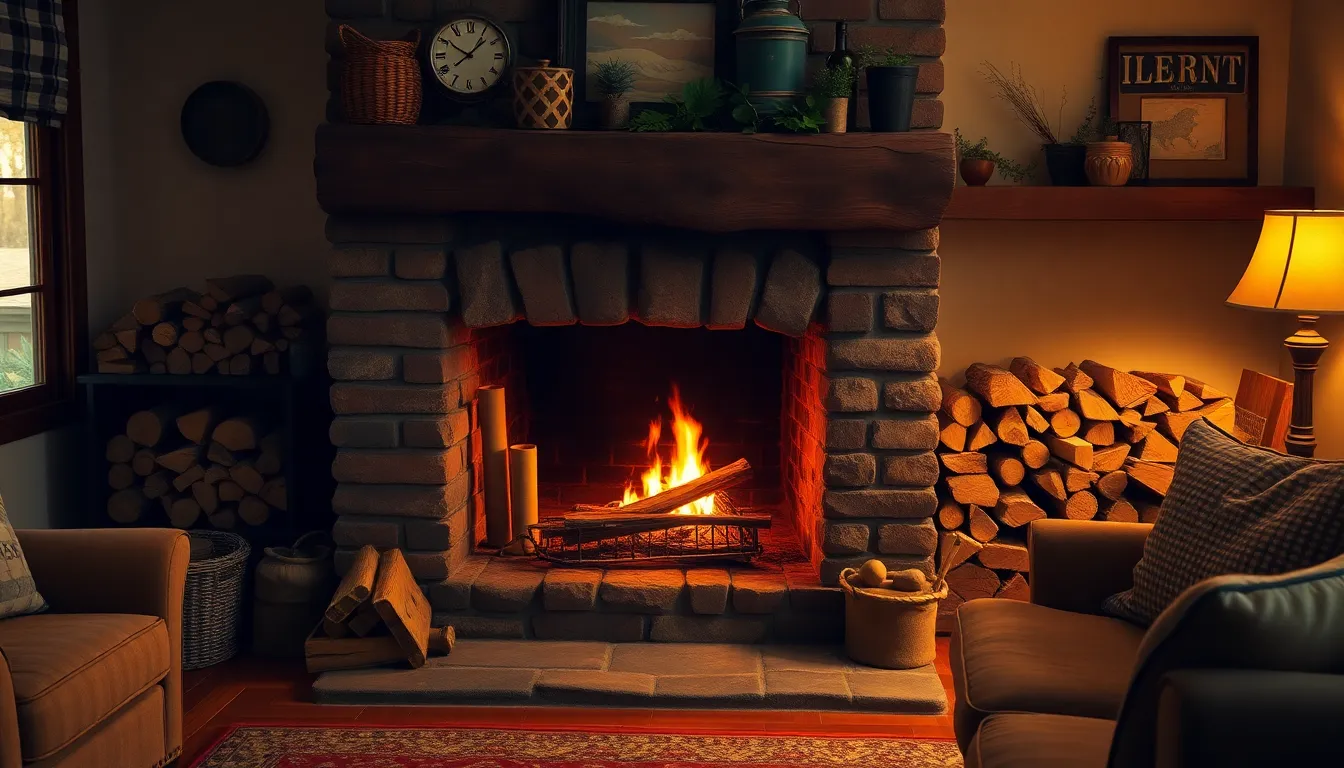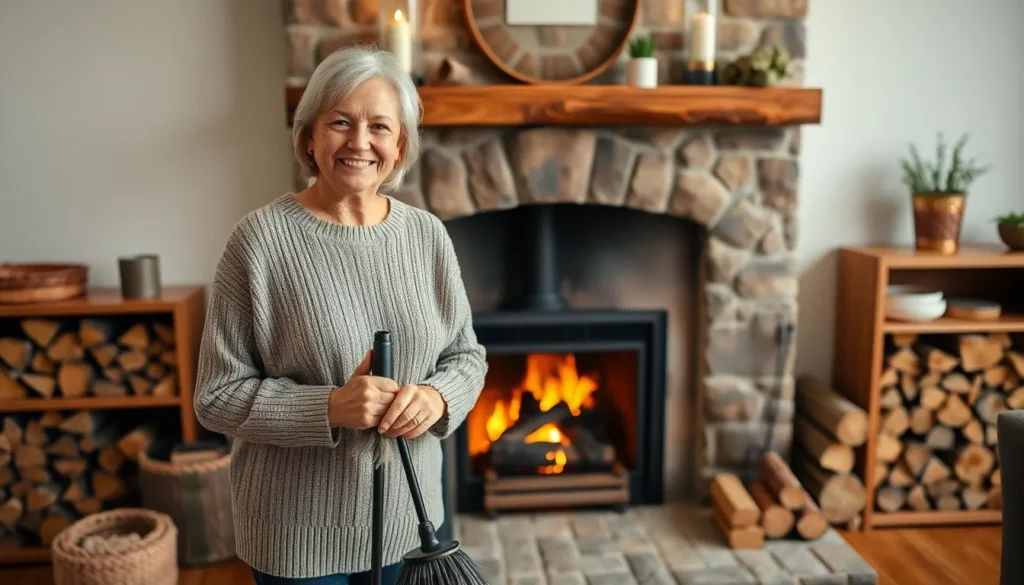Table of Contents
ToggleA cozy fireplace can transform any home into a warm sanctuary, especially during chilly months. However, maintaining that inviting glow requires more than just tossing in logs. Proper fireplace maintenance is essential for safety, efficiency, and longevity. Neglecting this crucial aspect can lead to hazards like chimney fires or carbon monoxide buildup.
Regular upkeep not only enhances the fireplace’s performance but also ensures it remains a beautiful focal point in the living space. From routine cleaning to professional inspections, understanding the key components of fireplace care can save homeowners time and money in the long run. With a little effort, it’s possible to enjoy a safe and efficient fireplace for years to come.
Importance of Fireplace Maintenance
Fireplace maintenance plays a crucial role in ensuring safety, efficiency, and the longevity of the system. Regular upkeep protects homeowners from potential hazards while enhancing the overall performance of the fireplace.
Safety Considerations
Safety considerations take precedence in fireplace maintenance. Regular inspections of the chimney can prevent dangerous chimney fires, which account for thousands of residential fires annually. Keeping the flue clean reduces the risk of creosote buildup, a major contributor to fires. Additionally, ensuring proper ventilation minimizes the dangers of carbon monoxide exposure, which can have severe health implications. Homeowners must check for any obstructions, such as animal nests or debris, that could hinder airflow. Installing smoke and carbon monoxide detectors provides an extra layer of security, alerting residents to potential dangers promptly.
Efficiency and Performance
Efficiency and performance hinge on consistent maintenance practices. Clean chimneys allow smoke to exit effectively, improving the fireplace’s air quality and reducing wasted energy. A well-maintained fireplace burns fuel more efficiently, leading to lower heating costs and increased warmth. Regular inspections help identify issues like cracks or blockages that could diminish performance. Maintenance tasks, such as replacing worn-out components and checking seals, ensure the system operates at peak efficiency. Homeowners benefit from enjoying a reliable and cozy fire while maximizing their energy investment.
Types of Fireplaces

Fireplaces come in various types, each offering unique benefits and maintenance requirements. Understanding the differences helps homeowners choose the right option for their space and needs.
Wood-Burning Fireplaces
Wood-burning fireplaces provide a traditional ambiance and heat. These fireplaces typically use seasoned hardwood for optimal burning efficiency. Maintenance tasks include cleaning the flue and chimney at least once a year to prevent creosote buildup, checking for visible cracks in the masonry, and ensuring the damper operates correctly. Firewood storage requires keeping the wood dry and off the ground to avoid moisture absorption, which can diminish burning performance.
Gas Fireplaces
Gas fireplaces offer convenience and efficiency. They can be vented or ventless, with the latter allowing for easier installation. Routine maintenance involves inspecting the pilot light, cleaning the glass doors, and verifying gas connections for leaks. Annual professional inspections are advisable to ensure safety and efficiency, along with checking for dirt or soot accumulation on burner ports that can affect flame quality.
Electric Fireplaces
Electric fireplaces provide an easy-to-install option with no need for venting. They typically offer various styles, including wall-mounted and freestanding units, and can be used with or without heat for ambiance. Maintenance requirements are minimal, involving dusting and cleaning the unit’s exterior and ensuring electrical connections function correctly. Regular checks of the heating elements help maintain performance and safety.
Regular Maintenance Tasks
Regular maintenance tasks keep fireplaces functioning safely and efficiently. Homeowners can ensure optimal performance by performing essential upkeep.
Cleaning the Fireplace
Cleaning the fireplace involves several specific tasks. Schedule a thorough cleaning at least once a year for wood-burning fireplaces, including the following:
- Ash Removal: Clear out ashes after each use to prevent buildup, which can cause inefficient burning and unwanted odors.
- Chimney Sweeping: Hire a professional chimney sweep to remove soot and creosote, which can trigger dangerous chimney fires.
- Firebox Cleaning: Clean the firebox with a suitable brush to eliminate residual debris.
- Glass Door Wiping: If applicable, clean glass doors with a specialized cleaner to maintain visibility and aesthetic appeal.
For gas and electric fireplaces, focus on dusting any exposed areas and ensuring no flammable materials obstruct airflow. Regular cleaning promotes safe use and enhances the fireplace’s appearance.
Inspecting and Repairing Components
Inspecting and repairing components is crucial for maintaining fireplace safety and efficiency. Conduct the following inspections routinely:
- Chimney Inspection: Check chimneys for cracks, blockages, and structural damage. Schedule professional inspections at least once a year.
- Flue Inspection: Ensure the flue operates correctly, allowing smoke to exit and preventing dangerous backdrafts.
- Gas Connections: For gas fireplaces, examine gas lines, fittings, and venting systems for leaks or corrosion, addressing issues immediately.
- Electrical Connections: For electric fireplaces, inspect and test electrical connections, ensuring they’re secure and functioning correctly.
Repair damaged components promptly to prevent larger issues. Regular inspections and repairs enhance performance, maintain safety, and contribute to a longer lifespan for the fireplace.
Seasonal Preparation
Seasonal preparation is crucial for maintaining an efficient and safe fireplace. Proper actions taken before and after the heating season can significantly enhance performance and longevity.
Preparing for Winter
Preparing for winter involves several key tasks to ensure the fireplace operates effectively throughout the cold months. Homeowners should:
- Inspect the Chimney: Schedule a professional chimney inspection to identify creosote build-up or other blockages.
- Clean the Flue: Ensure the flue is clear of debris and soot to promote proper ventilation.
- Check Drafts: Verify that the damper opens and closes smoothly, allowing for the right airflow.
- Stock Up on Firewood: Store seasoned hardwood in a dry, ventilated area to prevent moisture-related problems.
- Install Carbon Monoxide Detectors: Ensure detectors are installed and functional to enhance safety.
Preparing effectively can avoid hazards and improve fireplace efficiency during winter.
End-of-Season Maintenance
End-of-season maintenance is equally important for preserving the fireplace’s integrity. Homeowners should perform the following tasks as the heating season concludes:
- Clean the Firebox: Remove ashes and debris to prevent buildup and ensure a clean start for the next season.
- Inspect for Damage: Look for cracks or signs of wear in the chimney and firebox to address potential issues before the next use.
- Check Ventilation: Ensure that the ventilation system is clear to promote airflow during the next season.
- Cover the Firewood: Use a tarp or cover to protect any remaining firewood from moisture.
- Schedule a Professional Inspection: Arrange for a professional inspection to detect any issues that might have developed during the heating season.
Conducting end-of-season maintenance ensures that the fireplace remains in peak condition, ready for the next winter.
Common Issues and Solutions
Fireplaces can encounter various issues that affect their safety and efficiency. Addressing these problems promptly ensures optimal performance and a cozy atmosphere.
Smoke Problems
Smoke problems arise when combustion gases do not exit the chimney effectively. Common causes include creosote buildup, obstructions in the flue, or incorrect damper settings. To resolve these issues:
- Inspect the chimney for creosote thickness; clean it if it exceeds 1/8 inch.
- Check for blockages such as animal nests, debris, or soot; remove any obstructions.
- Adjust the damper to ensure proper airflow; fully open it while the fire burns.
- Ensure firewood is dry and properly seasoned; it helps reduce smoke production.
Regular inspections and maintenance prevent smoke issues and improve fireplace efficiency.
Draft Issues
Draft issues occur when the fireplace doesn’t draw air properly, leading to smoke backflow or inefficient burning. Factors contributing to draft problems include inadequate air supply, improper chimney height, or negative air pressure in the home. Solutions include:
- Inspect the chimney height; the top should extend at least 3 feet above the roofline.
- Open windows slightly to increase indoor air pressure when using the fireplace.
- Verify glass door functionality; install a vent if doors are sealed too tightly.
- Consider a top-sealing damper that enhances draft control while preventing heat loss when the fireplace isn’t in use.
Addressing draft issues ensures a comfortable environment and enhances the performance of the fireplace.
Conclusion
Fireplace maintenance is essential for ensuring safety and efficiency in the home. By committing to regular inspections and upkeep, homeowners can prevent dangerous hazards and enjoy a warm and inviting atmosphere. Understanding the specific needs of different fireplace types allows for tailored care that enhances performance and longevity.
Seasonal preparations and prompt attention to common issues can make a significant difference in fireplace functionality. With the right maintenance practices in place, homeowners can confidently rely on their fireplaces for comfort and warmth throughout the colder months. Prioritizing fireplace care not only protects their investment but also contributes to a safer living environment for everyone.







